 Abraham Lincoln
If given the truth, the people can be depended upon to meet any national crisis...
Abraham Lincoln
If given the truth, the people can be depended upon to meet any national crisis...
 Guildford news...
for Guildford people, brought to you by Guildford reporters - Guildford's own news service
Guildford news...
for Guildford people, brought to you by Guildford reporters - Guildford's own news service
Birdwatcher’s Diary No.85
Published on: 16 Apr, 2015
Updated on: 16 Apr, 2015
By Malcolm Fincham
With my best lens taking a tumble, things were looking grim. Hampered by my misfortunes, I continued my quest to bring up-to-date photos for my latest report.
Although due to cost an arm and a leg to repair, I tried to remain philosophical as my wife kindly had it despatched off on a holiday to Japan for attention. At least it will hopefully just be just a metaphorical ‘arm and leg’ and I will still be fortunate enough to be able to walk some of my favourite spots and snap a few shots on my ‘lesser’ camera, for the time being.
Fortunately, some good sunny days during the past two weeks helped me to get some reasonable pictures.
On April 6 as I walked the towpath to Stoke Lock I was welcomed by my first sight and sound of a blackcap as it sang – just across the river in the bright afternoon sunshine.
For the first time also, butterflies appeared in abundance, with numerous peacocks and brimstones, as well as small tortoiseshells and painted ladies.
Even a few commas could be added to my list of sightings so far this year.
Adding to the spring colour along the towpath and among the hedgerows lesser celandine had now burst into flower.
Out on the flooded field by Stoke Lock a few of our winter wildfowl visitors could still be viewed. These included shoveler (with their noticeably long bills).
Several pairs of gadwall could also be seen.
Although fewer teal could now be viewed.
An Egyptian goose could be seen perched on a dead tree stump.
And again later flying across the field by the flooded area.
On Stoke Lake over the last few weeks tufted duck had dwindled in number, counting a maximum of eight most days.
Several coot had already taken up positions on their newly built nests.
On a number of visits a kingfisher continued to be viewed, often in the sallows by the lake, although far too canny for me to get a close-up shot.
The great crested grebes can be seen now looking vibrant in full summer plumage.
Chiffchaffs seemed to now be the lead singers as I walked the reserve. Although robins and wrens remained among the many keen to join in with the chorus.
With the additional fluting sound of a blackbird occasionally adding to the symphony.
Many of our resident birds could now be actively seen nest building, this included a female chaffinch I spotted collecting moss, with other some other birds reportedly already feeding young.
But it wasn’t until April 8 that I saw the first true summer migrant flying over Stoke Nature Reserve. A swallow back from its winter stay in Africa, briefly circling to hawk high-flying insects, before continuing its journey north.
As the saying goes: ‘one swallow doesn’t make a summer’! But for me having already seen two on April 3 as well as five sand martins, while visiting Tice’s meadow near Tongham, my optimism was high.
Walking out along the towpath towards Bowers Lock I continued to view mandarin ducks. Not just in the river but often perched in trees.
A kestrel could often be viewed hovering in the field across the river towards Bowers Court Farm, occasionally perching in a tree nearby to allow me a photo.
While on the many pleasant evenings as I returned along the towpath, the romantic sight of sun sinking low over the Slyfield recycling depot could be viewed.
On a pleasantly sunny, Sunday, April 12, I decided to treat my wife to a trip to Pulborough Brooks, RSPB in West Sussex.
With a view across the Brooks looking rather depleted of the winter visiting wildfowl, most of which had moved on to their more northerly breeding grounds.
The landscape looked quite empty with a small gathering of the dark, local morph fallow deer that are resident at the reserve. Just a few lapwing (also known as green plover) could be seen wheeling around over the scrapes.
However, while looking out from one of the hides, I saw three of their smaller relatives, little ringed plovers, giving me some great close-up views and a few decent photos.
Among the only notable sightings and sounds around the reserve were that of blackcaps, chiffchaffs and one willow warbler singing its heart out having made its epic journey back from Africa.
However, one other bird had arrived just the previous day and was already making its presence known with its iconic song – the nightingale.
One of my many true favourites and always a pleasure to hear.
Responses to Birdwatcher’s Diary No.85
Leave a Comment Cancel reply
Please see our comments policy. All comments are moderated and may take time to appear. Full names, or at least initial and surname, must be given.
Click on cartoon for Dragon story: Public Asked for Views on SCC’s Proposal for Reduced Speed Limits



Recent Articles
- GuilFest Returns to Stoke Park with Global Names and Local Soul
- Exercise May Aid Body’s Immune Response Against Cancer, Pilot Study Finds
- Letter: How Surveys of Public Opinion Should Be Organised
- Catapult Attacks, Shoplifting and Graffiti – the ASB Problem That Ash Is Facing
- A281 Closure Expected to Continue
- Guildford’s Green Day Shows Commitment to Net Zero by 2030 Remains
- Letter: We Should All Have a Say in How Our Local Government Is Reorganised
- Dragon Review: Madam Butterfly – Grange Park Opera
- Letter: PIP Claimants Under-claim
- Flashback: Council Report Accepts Juneja Case Has Caused ‘Reputational Damage’


Recent Comments
- Roger Kendall on Catapult Attacks, Shoplifting and Graffiti – the ASB Problem That Ash Is Facing
- Anthony Williams on A281 Closure Expected to Continue
- Jules Cranwell on Flashback: Council Report Accepts Juneja Case Has Caused ‘Reputational Damage’
- Tony Harrison on Letter: Reduced Speed Limits Will Save Lives
- Tony Harrison on A281 Closure Expected to Continue
- Helena Townsend on Letter: Not All PIP Claimants Need It
Search in Site
Media Gallery
Dragon Interview: Local Artist Leaves Her Mark At One of England’s Most Historic Buildings
January 21, 2023 / No Comment / Read MoreDragon Interview: Lib Dem Planning Chair: ‘Current Policy Doesn’t Work for Local People’
January 19, 2023 / No Comment / Read MoreA3 Tunnel in Guildford ‘Necessary’ for New Homes, Says Guildford’s MP
January 10, 2023 / No Comment / Read More‘Madness’ for London Road Scheme to Go Ahead Against ‘Huge Opposition’, Says SCC Leader
January 6, 2023 / No Comment / Read MoreCouncillor’s Son Starts Campaign for More Consultation on North Street Plan
December 30, 2022 / No Comment / Read MoreCounty Council Climbs Down Over London Road Works – Further ‘Engagement’ Period Announced
December 14, 2022 / No Comment / Read MoreDragon Interview: GBC Reaction to the Government’s Expected Decision to Relax Housing Targets
December 7, 2022 / No Comment / Read MoreHow Can Our Town Centre Businesses Recover? Watch the Shop Front Debate
May 18, 2020 / No Comment / Read More



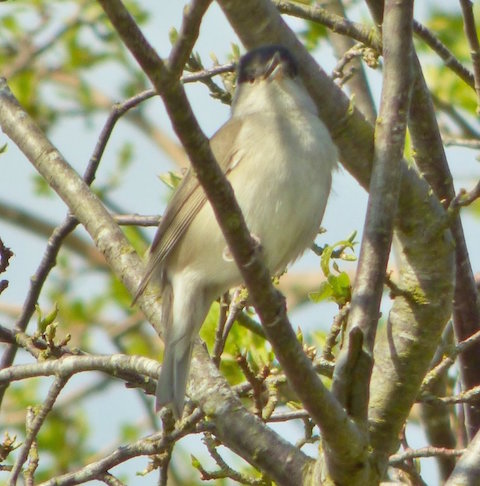

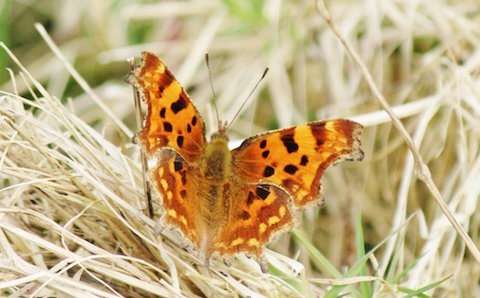
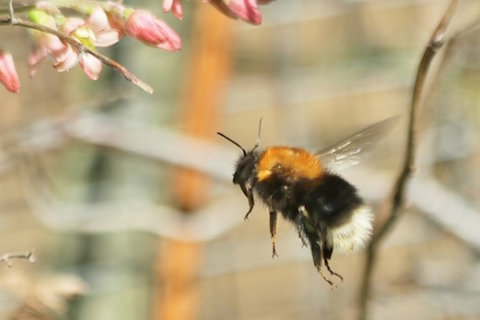

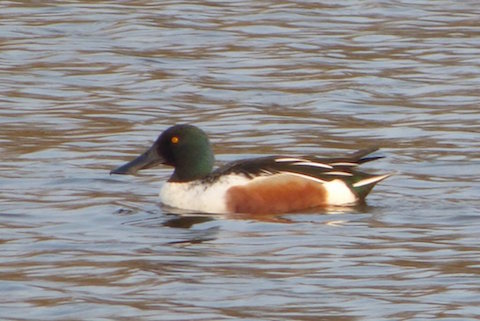
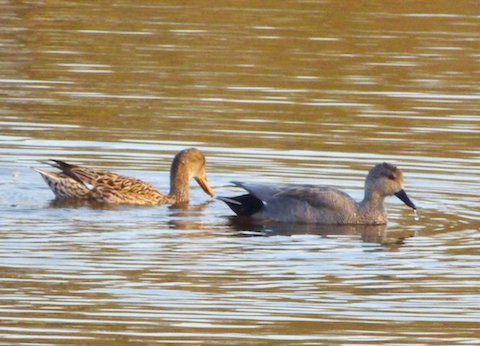

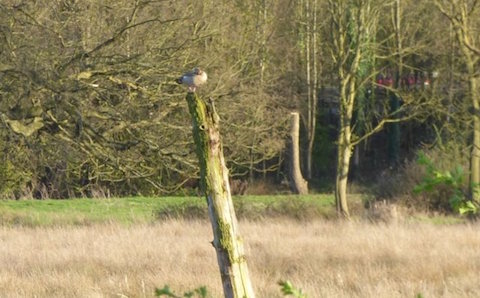
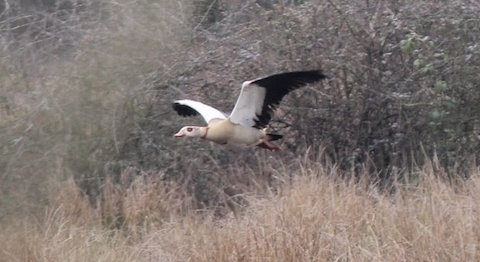
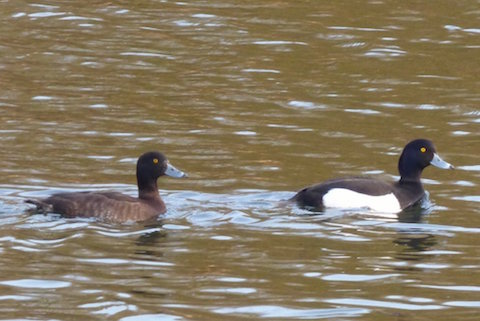
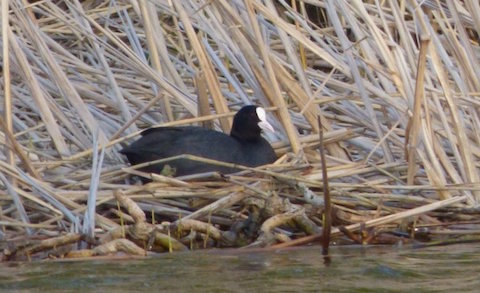
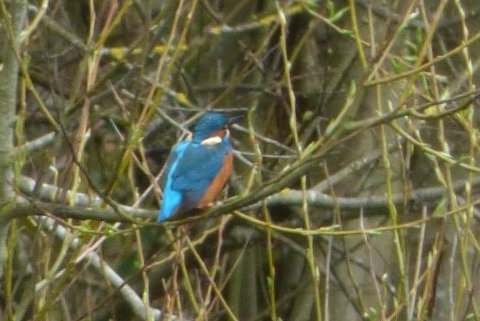

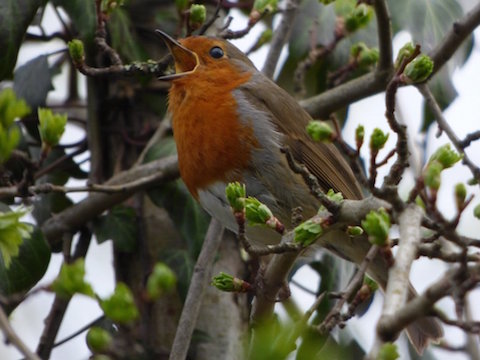
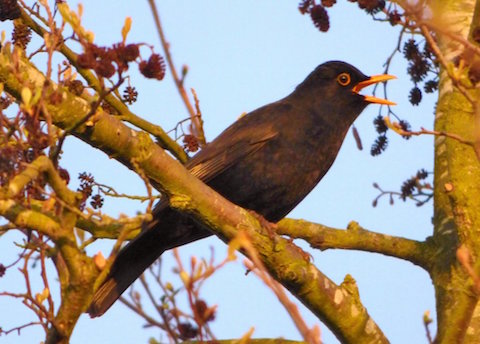
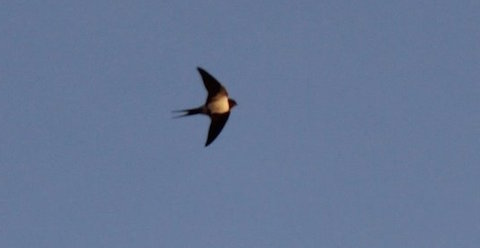
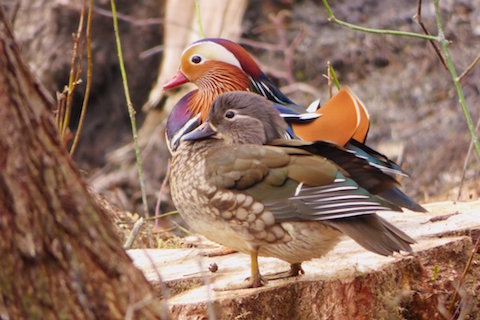
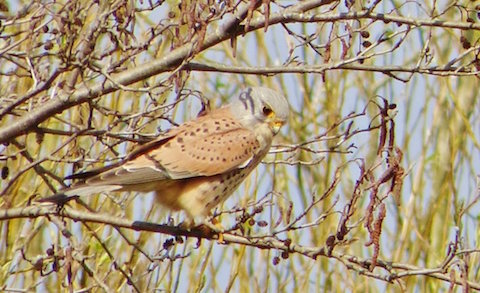
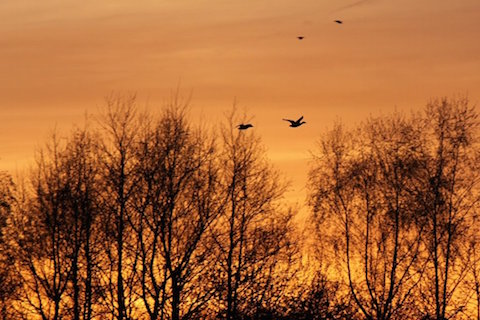
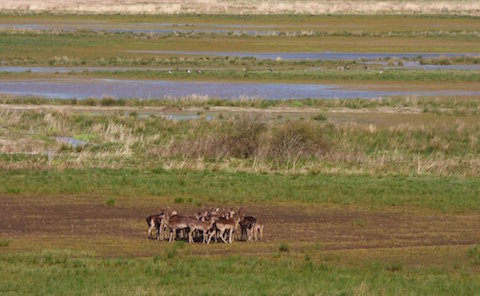
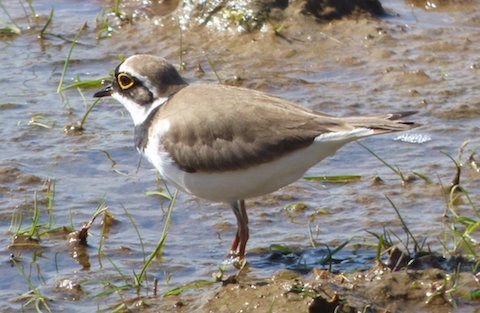
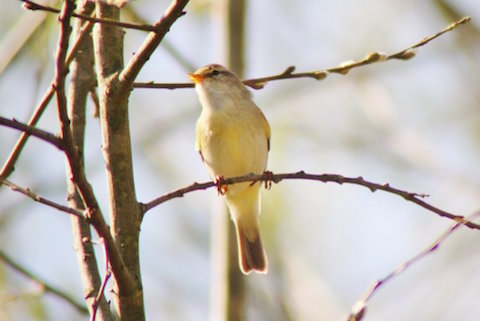
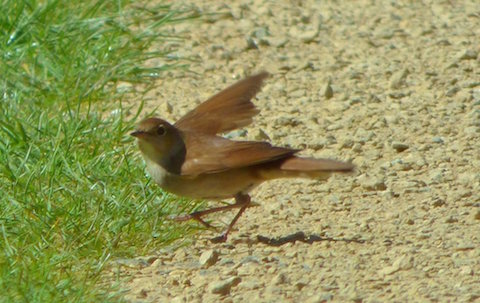
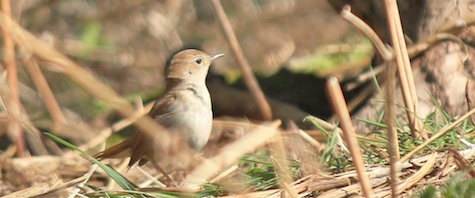
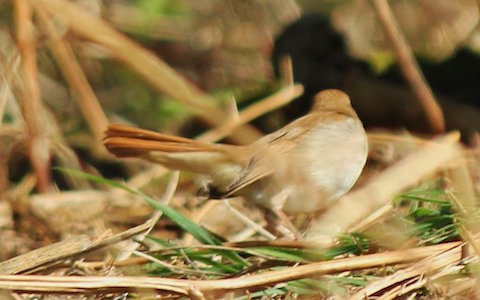



Harry Eve
April 16, 2015 at 7:31 am
Malcolm Fincham’s photographs are wonderful. What camera/lens do he use for these, I wonder?
I think his “Small Tortoiseshell” is a Painted Lady – probably a release rather than a migrant at this time of year. There are plenty of Small Tortoiseshells around though – which is good news after their population crash a few years ago.
Chris Venables
April 16, 2015 at 8:59 am
Correction. Photo of “Small Tortoiseshell” butterfly at Stoke Nature Reserve’ is in fact a Painted Lady.
Martin Giles
April 16, 2015 at 10:25 am
Now corrected. Thanks both. Ed
Martin Whitley
April 16, 2015 at 9:21 am
So Mr Fincham got the butterfly mixed up. No matter. The enjoyment we all get from his column is great. Hope he and his lens are soon reunited.
Malcolm Fincham
April 16, 2015 at 3:43 pm
Wow! Yes indeed it is a painted lady, that one certainly slipped through the net of my butterfly mind, especially to see one this early in the year.
Thank you for your responses.
I am always grateful for corrections by the keen eyed. Maybe I could test my readers with such basic mistakes, as a quiz in some of my future reports?
In response to the cameras I used for this report. They were a Canon eos 7d with a Canon 55-250 lens for the action shots and a Panasonic FZ72 ‘Bridge camera’ for the still shots such as the one of the kestrel and mandarins shown in this report.
(With the hope of getting my beloved 300mm F2.8 Sigma back soon).
Harry Eve
April 16, 2015 at 7:34 pm
Malcolm, thank you for the information. I am mulling over changing my camera so it is helpful to know what is possible. I think a photo quiz on local wildlife in general would be a good idea. No need for prizes – just for fun.